All about sound volume
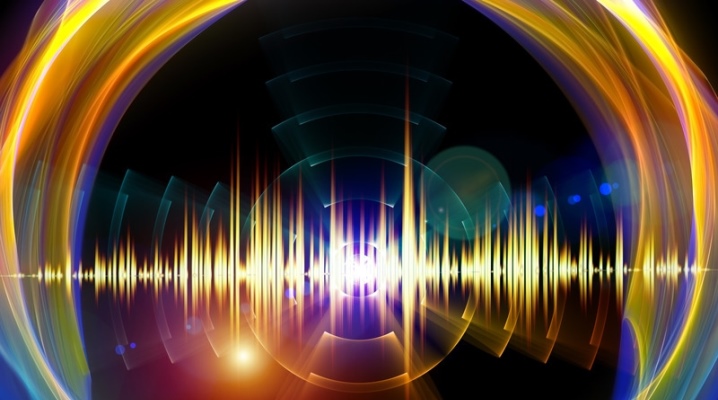
In this article we will talk about sound volume and everything related to this concept. It should be said that it is the vibrations of the air (more precisely, of its constituent molecules) that create sound waves. These waves move in a specific space coordinate and direction. In this case, the molecules do not move relative to their location.
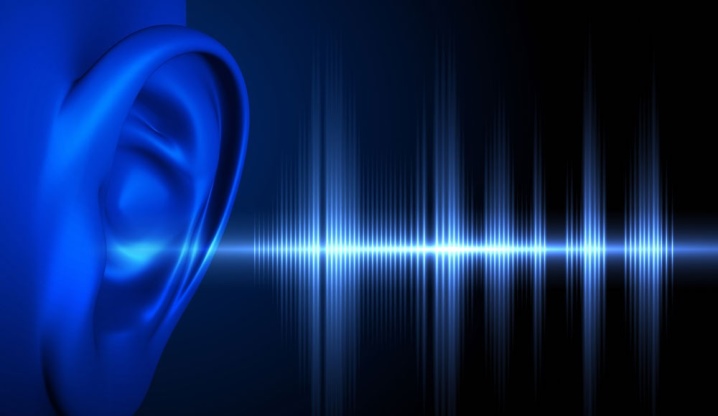
What it is?
The loudness of a sound is a subjective characteristic of human perception of the strength of various sounds, which places them on a certain scale: from the quietest and higher.
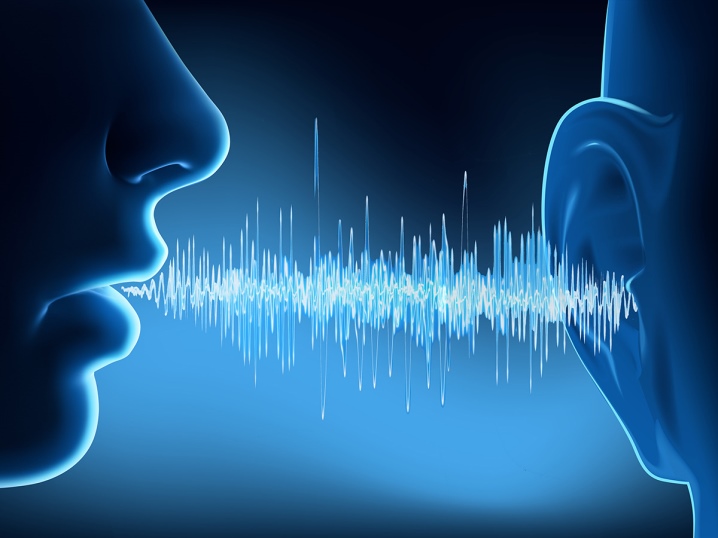
A sound is a physical phenomenon in which the process of propagation of vibrations occurs in a wide variety of environments. In other words, it is a running sequence of high and low pressure areas.
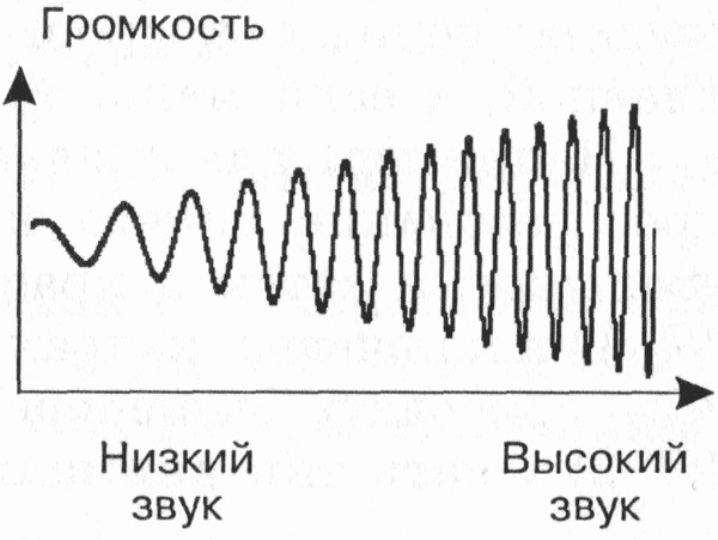
It should be noted that we can hear for the following reasons: the ears convert sound vibrations into signals due to their sophisticated design. They amplify vibrations that become nerve impulses. Then our brain perceives these nerve impulses as sound.

Loudness and our subjective perception of it are dependent on amplitude and frequency, which are the physical characteristics of sound. At higher amplitudes, it is heard louder. Nowadays loudness is usually measured in decibels.
This is also due to the fact that, in fact, loudness is a comparison of two different indicators, where a certain threshold value is taken as a basis.
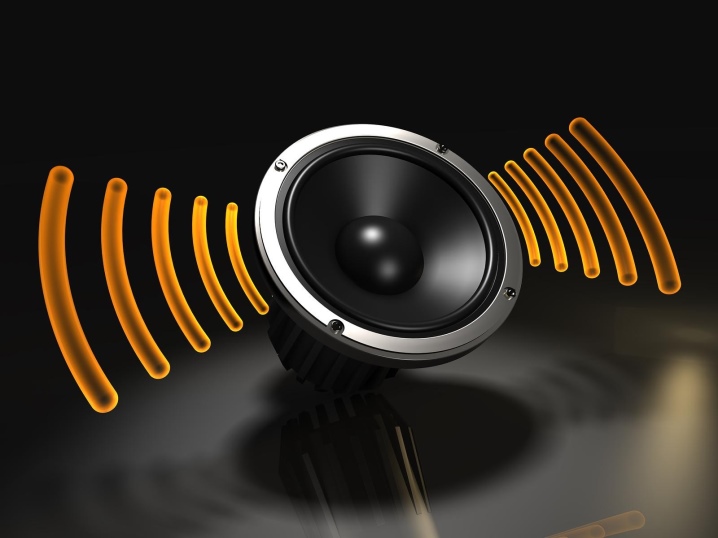
This uses a logarithmic scale. It is she who determines how many times the maximum sound pressure is greater than the hearing threshold of the human ear. For air, this is 20 micropascals, for water - 1 micropascal.
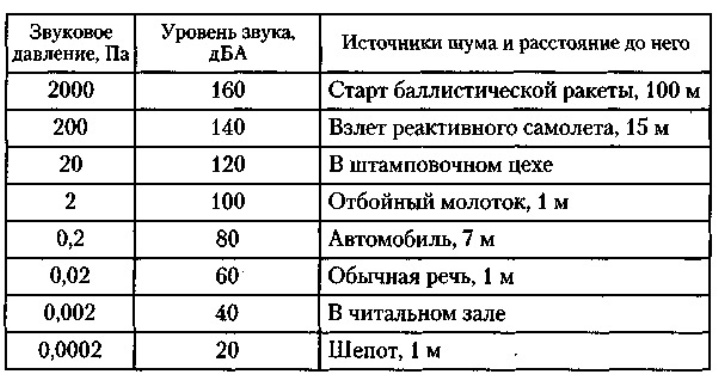
The sound loudness depends on the medium in which it propagates and on its density. The higher the density of the medium, the faster the sound can be distributed in it. That is why there simply cannot be sound in a vacuum.
Loudness is measured in units that bear the name of the scientist Alexander Bell, namely in bels. But since bel is a very large quantity, it is customary to measure sound in a multiple of it - decibels. For this, a special scale of sound intensity was invented.
For example, the frequency spectrum of sound is a kind of graph that shows the dependence of the relative energy of sound vibrations on its frequency.
There are several characteristics that affect sound and loudness. This is primarily the spectral composition, spatial orientation of the source, as well as timbre.

Let's list the main units for measuring sound characteristics. Among them, two parameters can be distinguished: absolute and relative. The loudness scale, which is measured in absolute terms, refers to a unit of measurement called sleep. The unit of measurement for background is a parameter of the volume level, which has a relative character.
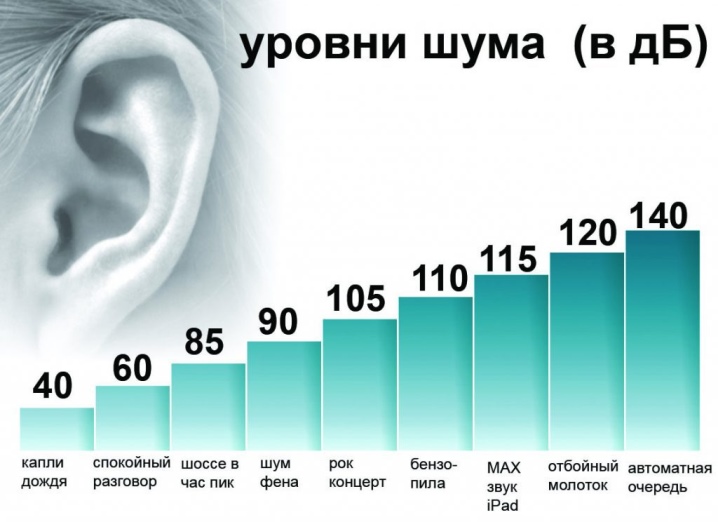
The value that shows how much a particular sound is higher or lower than another is measured in decibels. It should be noted that bels and decibels are non-systemic units and are not part of a single measurement system.
For example, the level of loudness of a musical instrument depends on its size or on the size of the parts of the musical instrument that are responsible for sound production.
Here's a standard example showing the properties of sound. To do this, we will use the following simple experiment, in which we need a plastic cup and a rubber band in the form of a ring.
To start the experiment, put a rubber ring on the glass. Then we lean the bottom of the glass against our ear and listen to how the stretched elastic will sound.
Sound is the result of vibrations that affect air or other object. They then propagate through the environment. As a result, we hear sound.

Let's talk about the range of sounds around us. Our range is in the following limits - from 20 Hz low frequency to 20,000 Hz at the highest frequency. However, the comfortable range for our hearing is in the range from 2000 to 5000 Hz.
It should be noted that sounds above 85 dB SPL can be harmful to hearing if used for prolonged periods of time.
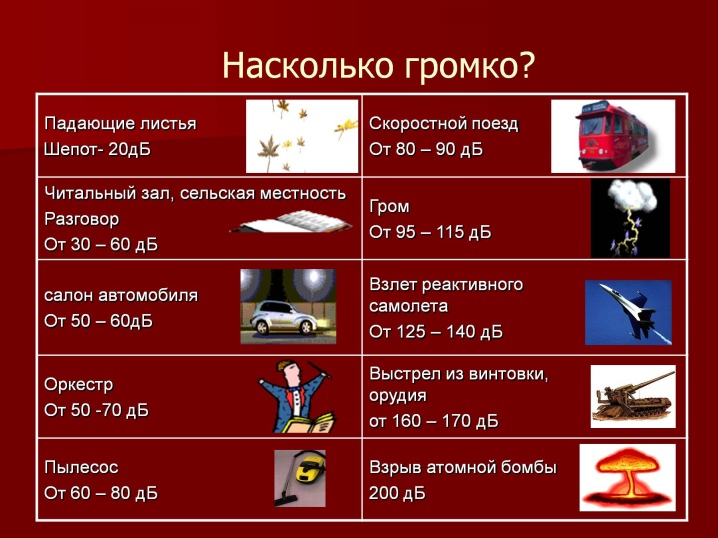
What does the volume depend on?
There are a number of characteristics on which the volume mainly depends. These are the frequency and amplitude of oscillations, as well as the individual characteristics of a person.
Another important factor is the distance to the source. With a decrease in the energy component of the sound wave, the distance to the sound source increases in direct proportion.
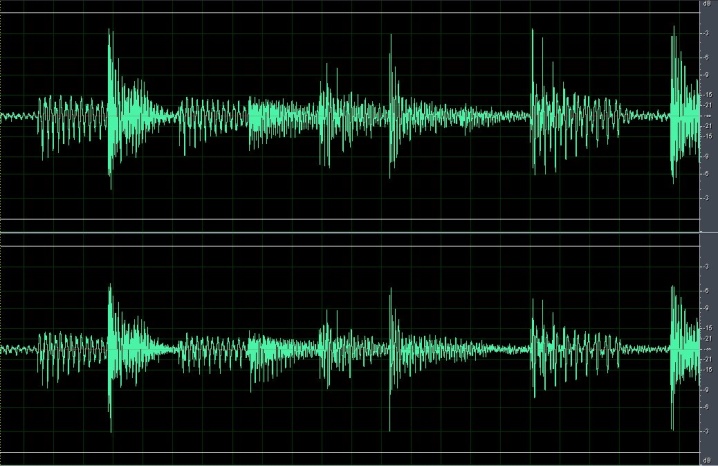
With frequent vibrations, a higher sound is emitted. A person uses these features when creating a variety of musical instruments.
It should be said that with constant exposure of a person to loud noise, symptoms of the disease may appear. Among them, the following should be highlighted: increased nervous excitability, faster fatigue, and increased blood pressure.
Therefore, to protect against loud sounds, for example, in construction, special noise canceling headphones are used.

It should be said that in solids the quality of the sound wave is enhanced. Sound travels five times faster in water than in air.
In general, it should be said that for the study of sound, its parameters and characteristics corresponds to the corresponding section of physics, which is studied in the school course.
How can you measure?
It should be noted that all people perceive sound in different ways, which is why special devices are created to measure it.
Most often, the sound level is determined using a sensor. A sound level sensor measures the energy of sound waves that arrives in a unit of time per unit of surface area of the receiver. This quantity is called the intensity of sound or noise and is measured in mW / m2 (microwatts per square meter).
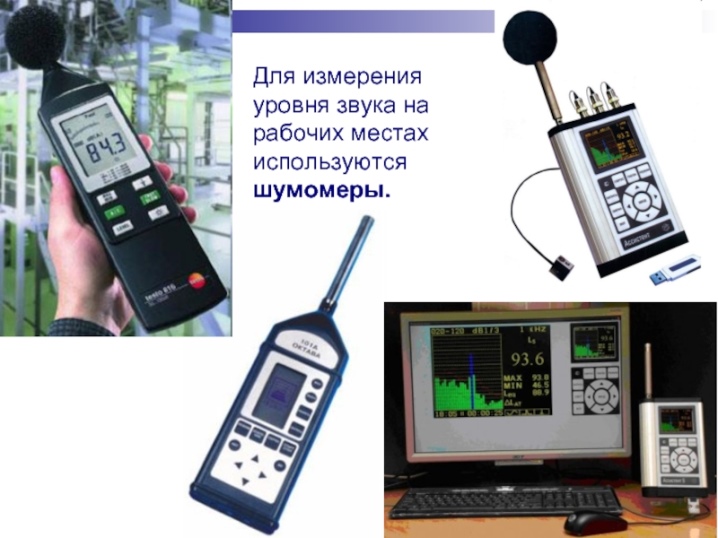
Let's find out how the decibels and the actual signal level are determined among themselves. Every 6 dB the signal level changes twice.
Why is this value taken? A decibel is the logarithm between the ratio of two identical energy quantities, which is then multiplied by 10. Amplitude is not an energy quantity, so it must be converted to a suitable value.
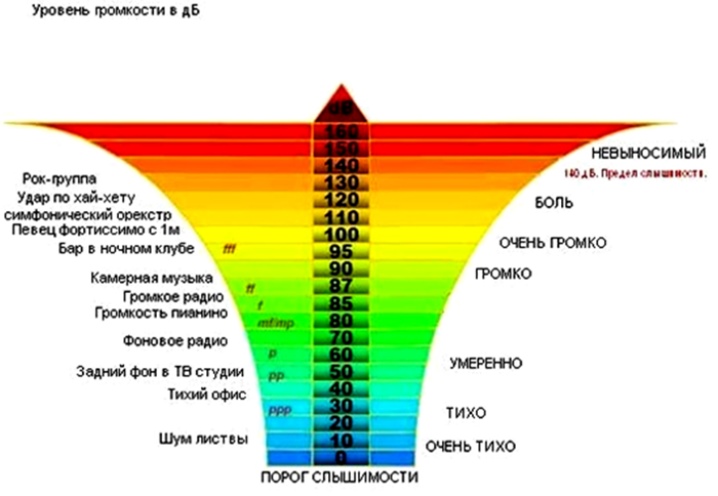
Also, to measure the intensity of noise in various places, a special device is often used, which is called a sound level meter.
The human ear is a highly sophisticated biological sensor and sound trap that can pick up sounds that are millions of times different from each other.
In Russia there is a certain standard for the established curves of equal loudness. This is GOST R ISO 226-2009. It has the following name - “Acoustics. Standard curves of equal loudness ”.

There are at least three ways to measure loudness: by the maximum peak value, by the average value of the signal level, and by the ReplayGain metric. Of all these techniques, ReplayGain is the best. It conveys the perceived loudness level and takes into account the physiological and mental characteristics of sound perception.
Currently, there are various methods of physical expression of the amplitude of sound vibrations, which are used in different fields.
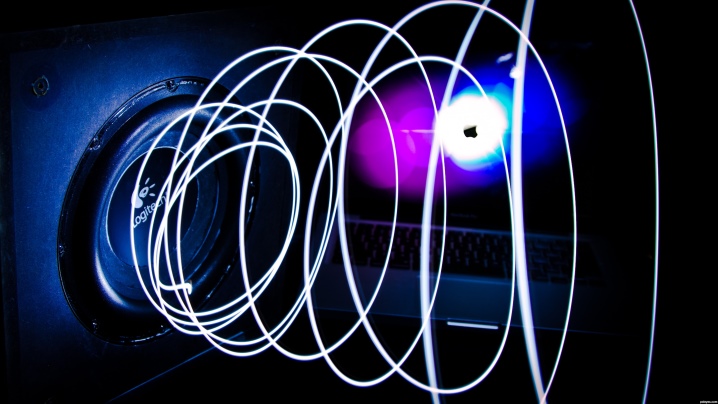













The comment was sent successfully.